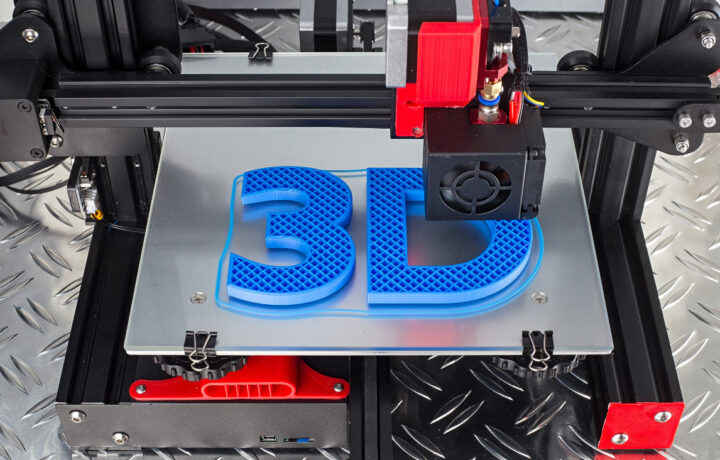The amount of time it may take to repair United States Navy warships in the Indo-Pacific could be cut from years to potentially weeks, as the service invests in a 3D printing facility. Guam, which hosts around 22,890 military personnel with numbers expected to increase to as many as 35,000 by 2037, is a critical hub for the United States Armed Forces.
The island territory’s location in the Indo-Pacific could allow the U.S. Navy to service vessels without the need to return to the United States. Parts that aren’t available could be created remotely. That is the goal of the Navy’s Guam Additive Materials and Manufacturing Accelerator (GAMMA), which is set to open in April 2026. The project is being managed by the Maryland-based nonprofit Applied Science and Technology Research Organization of America (ASTRO America).
The sea service awarded ASTRO America a $5 million initial contract in 2024, which could be followed by an additional $12 million. The program is being funded in part by nonprofit BlueForge Alliance and the U.S. Navy’s Maritime Industrial Base Program Office.
The Military and 3D Printing
This is just the latest effort from the United States Armed Forces to engage in 3D printing, which has significant advantages, notably related to the time and costs involved. In some cases, parts aren’t being produced any longer, so additive printing is one option to ensure that the lack of a seemingly small component doesn’t take a platform out of service.
This has benefits over previous methods that often required cannibalizing one piece of equipment to keep another operational.
Moreover, it can be as precise and perhaps even more than the traditional “subtractive manufacturing” that typically requires milling components from a solid block of material, or casting, which can be equally time-consuming.
“Castings for that could take six months to two years, just to get one produced,” Alex Benham, the project director for GAMMA, told National Defense magazine.
He added that with additive manufacturing, “we can turn around and make it in two weeks.”
GAMMA will feature an 8,000-square-foot facility that will house advanced manufacturing capabilities ranging from plastic printing for smaller pieces, to directed energy deposition (DED) for large-scale printing of bulky metal components, to laser powder bed fusion, which accurately produces smaller, more detailed metal parts, Benham explained.
It will also feature classrooms and other workspaces that could open by the end of this year.
On the Frontlines of a Future Fight
GAMMA has the added benefit that parts, even those that are 3D printed, won’t need to be transported across the Pacific.
Instead of “off-the-shelf,” this will be an effort focused “on-demand” as needed. That will ensure that work doesn’t need to wait for parts to be shipped from the island. Nor will the military bases on the U.S. island territory need to have vast stockpiles of parts that may not be used for weeks, months, or years.
That could allow repair work on ships and submarines to be completed sooner, getting the high-value assets back in service.
“3D Printing facilities can speed up the supply chain to a significant degree. In the case of Guam, it can save months and dramatically increase uptime,” technology industry analyst Roger Entner of Recon Analytics told ClearanceJobs.
“Imagine if we had had similar technology during the conflict in Iraq and Afghanistan, where we had to haul everything to these remote places,” Entner added. “3D Printing significantly simplifies the supply chain.”
Employing a Local Workforce
The facility on Guam will also be supported by the University of Guam and Guam Community College, which will provide advanced manufacturing degrees and certifications to ensure a local workforce. That is an important consideration, as there will need to be talent to operate the various systems.
That could further expand Guam’s defense-sector talent pipeline and open new job opportunities for Guamanians.
GAMMA is just one of multiple U.S. Navy 3D printing initiatives now in the works. Synergy Additive Manufacturing, a maker of high-power laser systems, was recently awarded a Phase I Small Business Innovation Research (SBIR) contract by the Naval Air Systems Command (NAVAIR).




